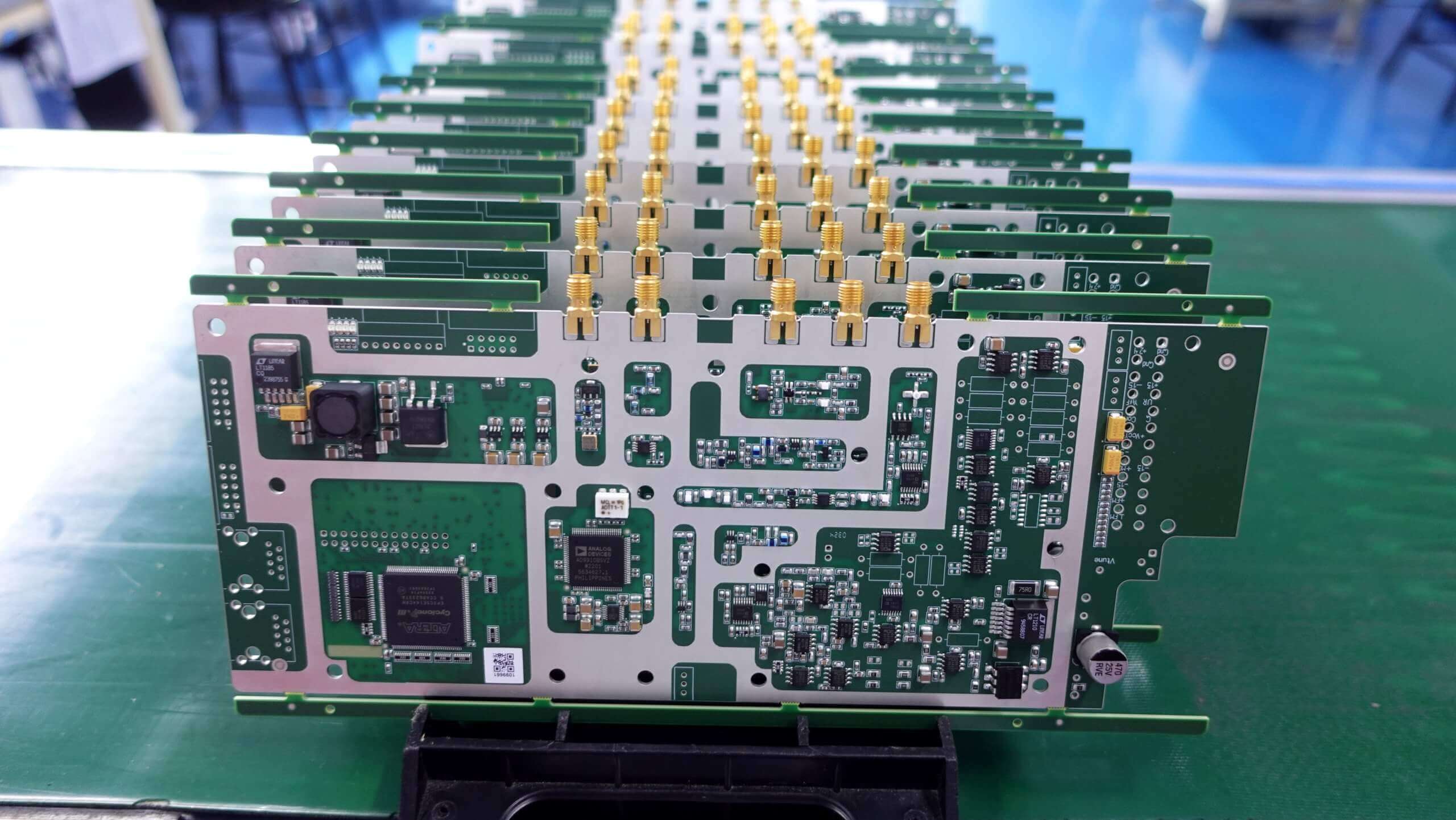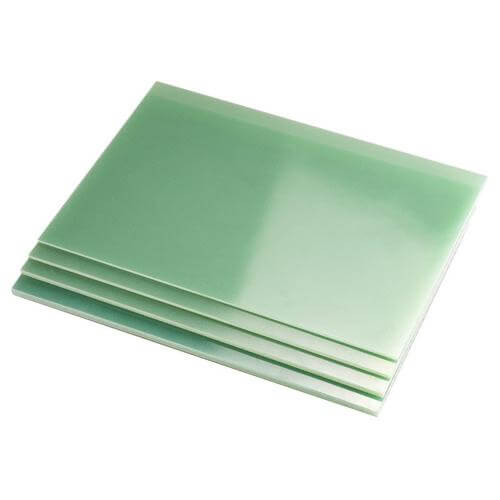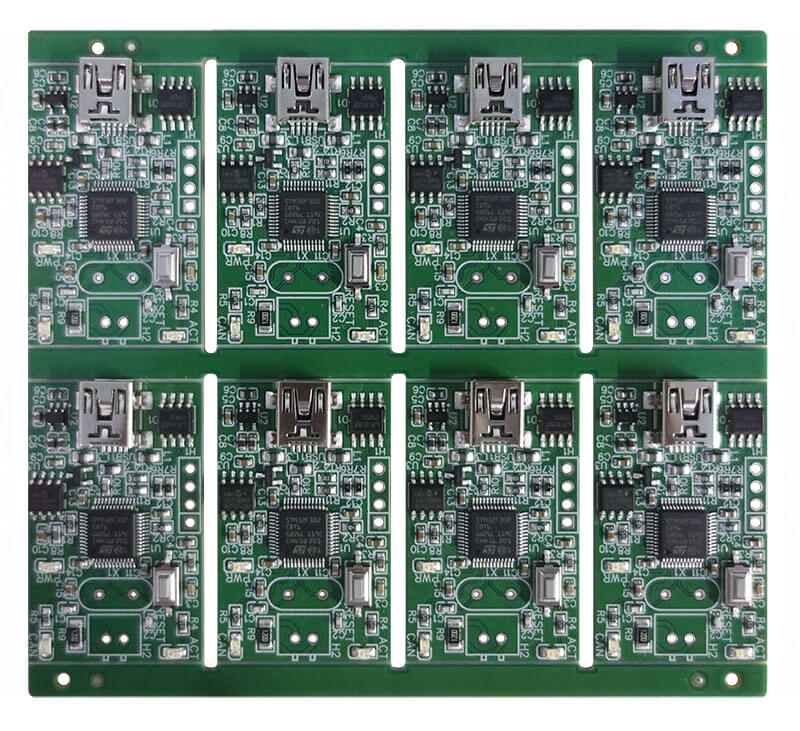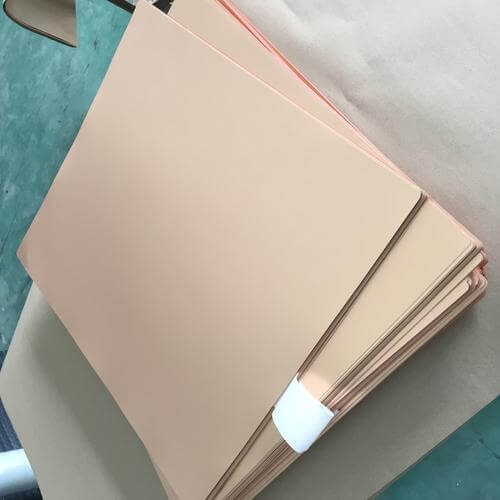Are you wondering what is a PCB label and its role in your electronic designs? Many types of labels for PCB, designs, and uses can seem complex.
But there is no need to worry because that is what this guide is all about. We will break down everything you need to know about labels for PCBs: materials, printing techniques, their importance in identification, and safety.
So, let’s get started.
What is a PCB Label
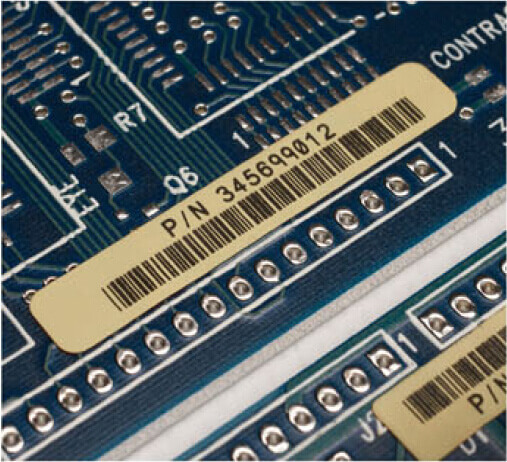
A PCB label is an important step in the process of managing printed circuit boards. These labels will help identify a board and track them. They have the product name identification, version number, and manufacturer information, making it quite easy to identify different boards easily, especially in big manufacturing set-ups.
It will not create confusion and the right parts will be used, ensuring quality and consistency.
Additionally, PCB labels are very useful in tracking parts for inventory management and ensuring quality control. With quite a number of boards in an order number assigned to different unique identifiers, there is a way for manufacturers to trace back every single board to its origin.
This facilitates the repair of problems and faults, handling recalls, and meeting industry standards.
Apart from that, the PCB labels serve to state safety instructions and raise the alarm on potential danger-related issues, such as high voltage.
Another use of labels in PCBs is that they carry component information that caters to the identification of certain parts on the board. This comes in particularly handy in matters of assembly, maintenance, and repair by easily locating the glitch or fault.
Types of PCB Labels
PCB labels are of various types, identified by many robust properties for diverse applications.
Let’s elaborate on these individually:
- Polyimide Labels
Polyimide labels provide very high-temperature sustainability; therefore, they do very well, especially in extremely harsh environments. Such labels can often be found in industries like aerospace and automotive, where durability is all-important.
- Polyester Labels
Polyester labels provide just the right mix of cost, durability, and printability. They are versatile: they are good for so many applications. These labels have ample strength to pass through any environment and are inexpensive, making them very common.
- Vinyl Labels
Vinyl labels are flexible and inexpensive, suitable for temperatures ranging from around −18°C to 50°C. Ideally applied in situations where flexibility is required under moderate temperature conditions, this material is used desirably. Vinyl labels are great for general use and are very affordable.
- Metal Labels
Metal labels are very hardy and highly resilient in withstanding severe environments. This is found in industries like aerospace where the said metal labels have to go through a host of highly undesirable conditions. Metal labels resist high temperatures, chemicals, and physical wear, making them reliable for long-term use.
- Barcode Labels
Automated barcode labels for the inventory provide an automated tracking system for items. It fills orders with relative ease because quick scanning and data collection on these labels is facilitated.
The most notable features of these barcode labels are accuracy and speed, both of which improve inventory management in the modern manufacturing and logistics field.
Now you know the basics of PCB labels, it’s time to discuss some important PCB design considerations.
PCB Label Design Considerations
A printed circuit board label should be designed in a way that it can provide a more practical application and be easy to read when its implementation takes place.
Herein are the important considerations:
1.Content Clarity
Make sure that the text on the PCB labels is clear and readable to avoid any errors. This way, any person using the board is able to decipher the information quickly.
2.Information Hierarchy
All important details, including component names, warnings, logos, among others, shall be brought out prominently so that key information can be easily found. This enhances safety and efficiency.
3.Label Size and Placement
Ensure visibility while guaranteeing that labels will not cover salient components of the project board. Make big labels to be visible but not so big that they interfere.
4.Symbol Usage
Use industry-standard recommended IPC and UL standard-recommended symbols. This has an advantage for everybody to understand the labels correctly; hence, no errors will occur.
5.Software Tools
Design the labels with PCB label-making software. There are actually software design features that come with designing PCB labels.
PCB Label Printing Techniques
Printing PCB labels involves different methods, each with its own benefits and limitations.
Here are the common techniques:
1.Screen Printing
Screen printing is durable and cost-effective for large-scale production. It’s great for projects that need lots of labels consistently. However, it’s less flexible for intricate designs or colors.
2.Inkjet Printing
Inkjet printing is flexible and good for smaller projects. It can print in color, which is useful for various labeling needs. But it may not be as tough as other methods and could cost more for large batches.
3.Laser Printing
Laser printing gives high-resolution text and graphics, perfect for detailed labels and prototypes. It’s precise and great for custom designs. Yet, it might be pricier for big production runs compared to screen printing.
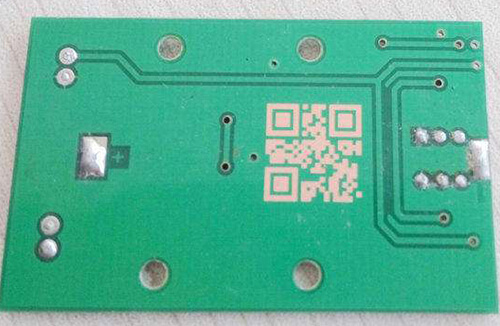
Durability Requirements and Considerations
Ensuring PCB labels withstand tough conditions involves considering several factors and choosing the right materials.
Here’s what to keep in mind:
Environmental Factors
PCB labels must endure various environmental stresses:
- Heat Exposure:Labels should resist high temperatures to avoid damage.
- Chemical Resistance:They need to withstand exposure to chemicals without deteriorating.
- UV Radiation:Labels should be UV-resistant to maintain readability outdoors.
Protective Coatings and Finishes
Applying protective coatings enhances label durability:
- Lamination:Adds a durable layer that protects against moisture, abrasion, and chemicals.
Choosing labels with suitable materials and protective coatings ensures they endure harsh environments, maintaining clarity and functionality over time.
Final Words
In electronic manufacturing, PCB labels are vital for identifying, tracking, and ensuring safety. Choosing the right labels, and considering factors like where they’ll be used and how they’re printed, ensures they work well in different situations.

